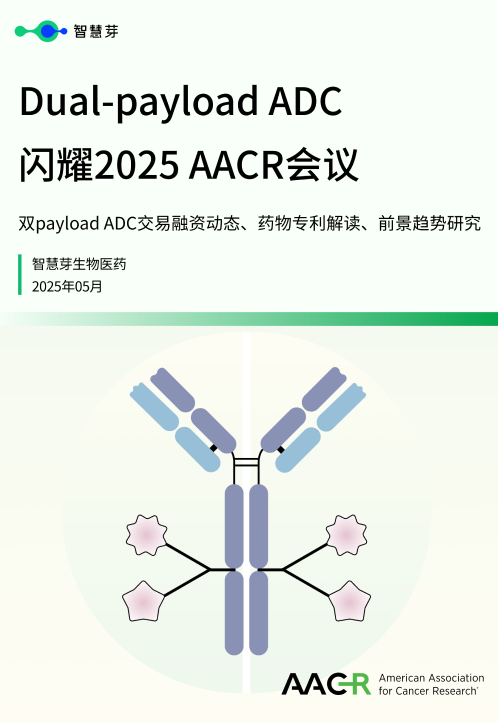预约演示
'Indoor solar' to power the Internet of Things
2023-11-09
From Wi-Fi-connected home security systems to smart toilets, the so-called Internet of Things brings personalization and convenience to devices that help run homes. But with that comes tangled electrical cords or batteries that need to be replaced. Now, researchers have brought solar panel technology indoors to power smart devices. They show which photovoltaic (PV) systems work best under cool white LEDs, a common type of indoor lighting.
From Wi-Fi-connected home security systems to smart toilets, the so-called Internet of Things brings personalization and convenience to devices that help run homes. But with that comes tangled electrical cords or batteries that need to be replaced. Now, researchers reporting in ACS Applied Energy Materials have brought solar panel technology indoors to power smart devices. They show which photovoltaic (PV) systems work best under cool white LEDs, a common type of indoor lighting.
Indoor lighting differs from sunlight. Light bulbs are dimmer than the sun, and sunlight comprises ultraviolet, infrared and visible light, whereas indoor lights typically shine light from a narrower region of the spectrum. Scientists have found ways to harness power from sunlight, using PV solar panels, but those panels are not optimized for converting indoor light into electrical energy. Some next-generation PV materials, including perovskite minerals and organic films, have been tested with indoor light, but it's not clear which are the most efficient at converting non-natural light into electricity; many of the studies use various types of indoor lights to test PVs made from different materials. So, Uli Würfel and coworkers compared a range of different PV technologies under the same type of indoor lighting.
The researchers obtained eight types of PV devices, ranging from traditional amorphous silicon to thin-film technologies such as dye-sensitized solar cells. They measured each material's ability to convert light into electricity, first under simulated sunlight and then under a cool white LED light.
Gallium indium phosphide has not been used in commercially available PV cells yet, but this study points to its potential beyond solar power, the researchers say. However, they add that the gallium-containing materials are expensive and may not serve as a viable mass product to power smart home systems. In contrast, perovskite mineral and organic film PV cells are less expensive and do not have stability issues under indoor lighting conditions. Additionally, in the study, the researchers identified that part of the indoor light energy produced heat instead of electricity -- information that will help optimize future PVs to power indoor devices.
The authors acknowledge funding from the Engineering and Physical Sciences Research Council (U.K.), the European Regional Development Fund, the Welsh European Funding Office, First Solar Inc., the German Federal Ministry for Economic Affairs and Energy, and the German Research Foundation.
更多内容,请访问原始网站
文中所述内容并不反映新药情报库及其所属公司任何意见及观点,如有版权侵扰或错误之处,请及时联系我们,我们会在24小时内配合处理。
适应症
-靶点
-药物
-Eureka LS:
全新生物医药AI Agent 覆盖科研全链路,让突破性发现快人一步
立即开始免费试用!
智慧芽新药情报库是智慧芽专为生命科学人士构建的基于AI的创新药情报平台,助您全方位提升您的研发与决策效率。
立即开始数据试用!
智慧芽新药库数据也通过智慧芽数据服务平台,以API或者数据包形式对外开放,助您更加充分利用智慧芽新药情报信息。



